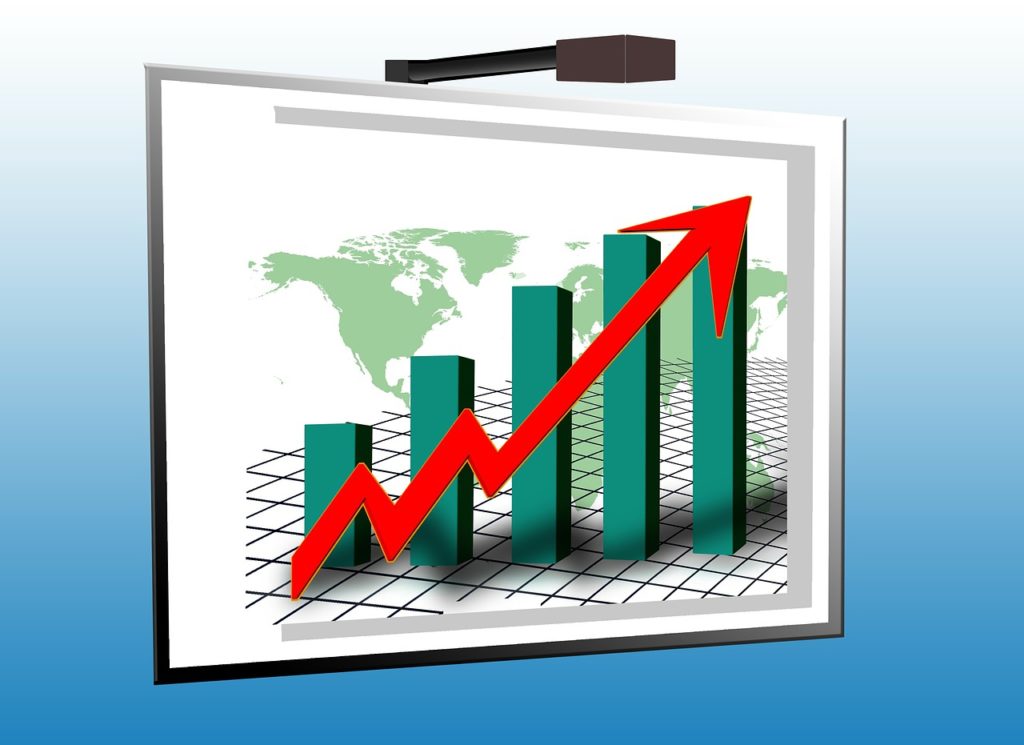What Does It Mean To Have A Good Credit Score?
Around 60% of citizens don’t have the slightest clue about their credit score. But what is most worrying is that among the 40% who know what their actual score is, are unsure about what it means. Ultimately, your credit score doesn’t look anything like school marks, and you might wonder which score is an A and while one is an F in the financial world. What does a poor credit score look like?
It’s hard to say if you’re not familiar with the financial industry. And ultimately, you can be managing your budget and even repaying your debts without needing to understand how your credit ability is calculated. In fact, if you’ve never required to apply for a loan or a credit card in the past, you might have come into adulthood without needing to know about it. It’s unfair to assume that anybody who’s keeping their budget together and tracking their expenses carefully knows about the scoring system.
A recap: what’s that credit score about?
Let’s start with the basics. Credit scores tend to run from 300 to 850. However, you can come across scales that run as low as 250 and as high as 900. If you’re looking for a technical definition, your credit score is an evaluation of your creditworthiness. Lenders use your score to figure out whether you are likely to repay your loan. On average, if you know your credit score, you probably know the general description that anything above 750 is good and anything below 600 is bad. But ultimately, as your credit score is not set in stone, it evolves with your financial behavior and affects your future positively or negatively, depending on your situation.
Does it mean I can’t get a loan with a bad credit score?
As lenders consult your credit score before making a decision, it’s fair to say that the higher your credit score is, the easier you will find it to get your loan and credit card applications agreed. Your payment history and the amounts you owe on your accounts affect your score by up to 65%. What this means is that even if you’re not struggling with crippling debts, you could still have a low credit score. Consequently, you will need to look for targeted personal loans for credit scores below 600. While the search isn’t impossible; you need to be warned: There will be fewer lenders. Also, you have to be careful of loan programs that swear to accept anybody with no question asked; they tend to run with colossal APRs.
What’s a good credit score?
In theory, credit scores from 670 and above rank as good. However, in reality, 37% of applicants have a credit score below 670. That’s over one-third of the applicants. When it comes to the American population, almost 40% of the population has a credit score below 650. What this means is that low credit scores are not uncommon. You can find financial assistance to help you improve your situation. The bottom line is: You’re not on your own.
Good, bad, fair, credit scores are confusing if you’re not familiar with them. While it’s important to know your score when it comes to making significant financial decisions, you need to remember that your score is in perpetual motion. Should you worry about it? Ultimately no. Look after your budget and your credit score will look after itself!

